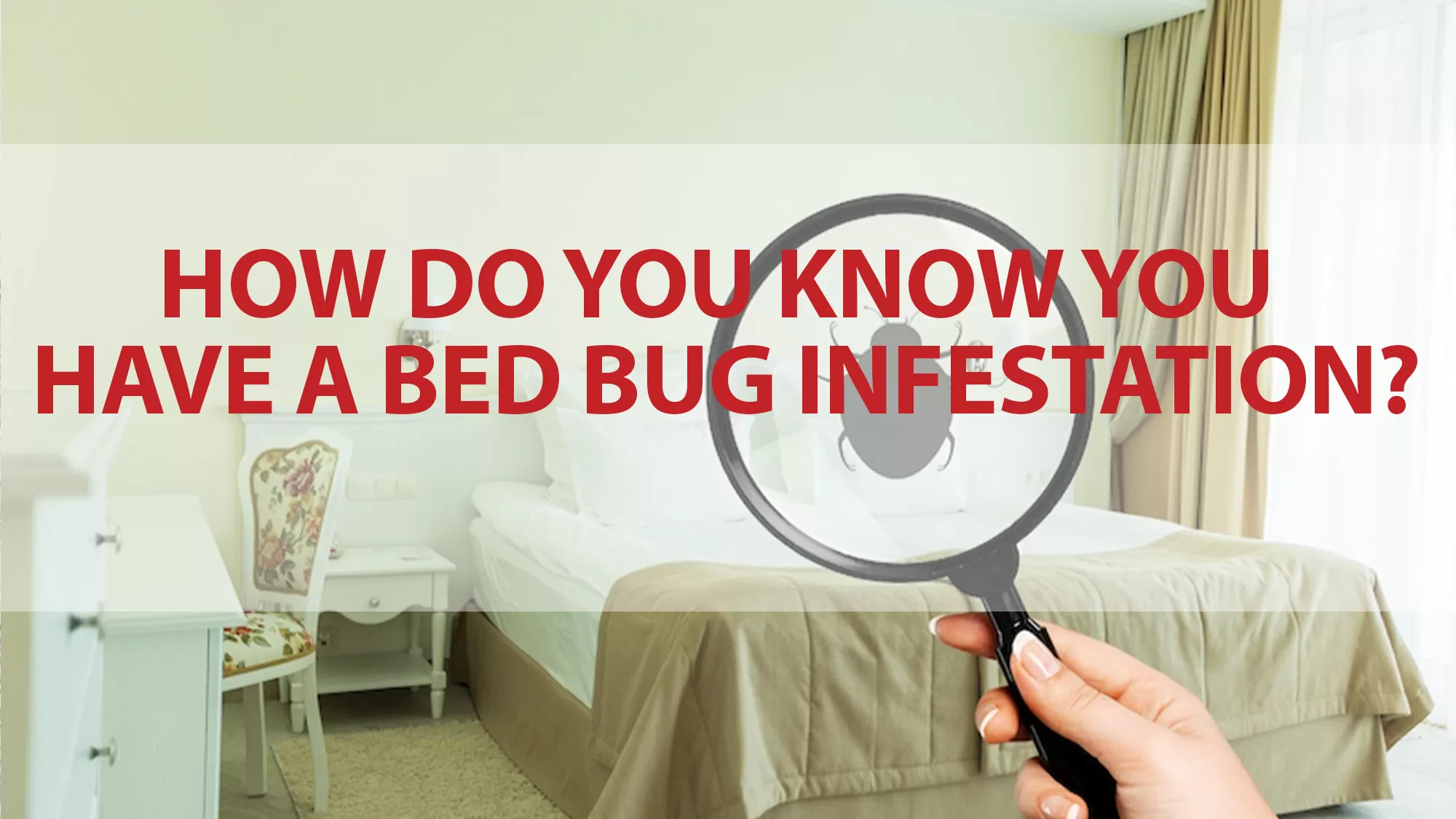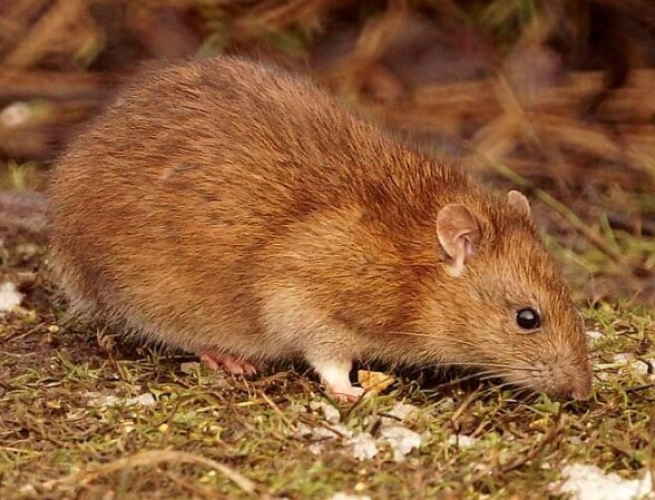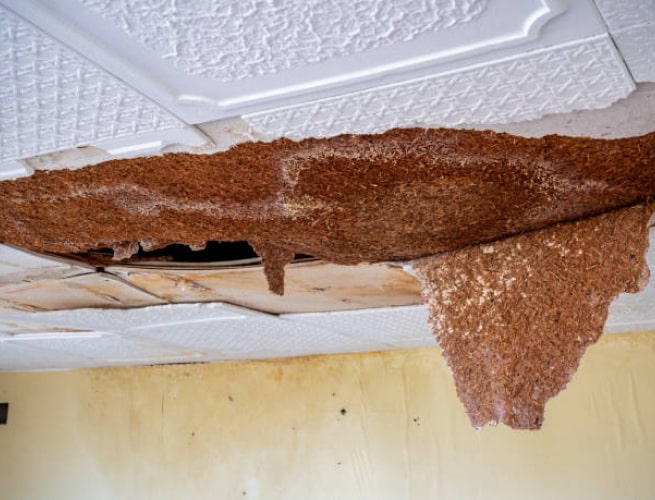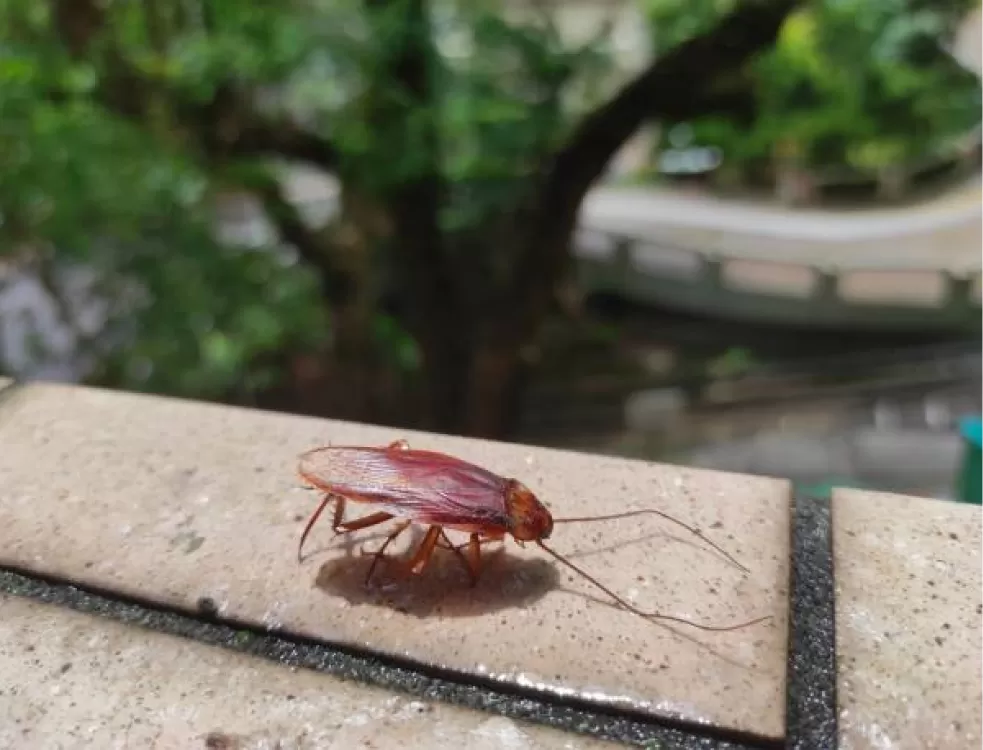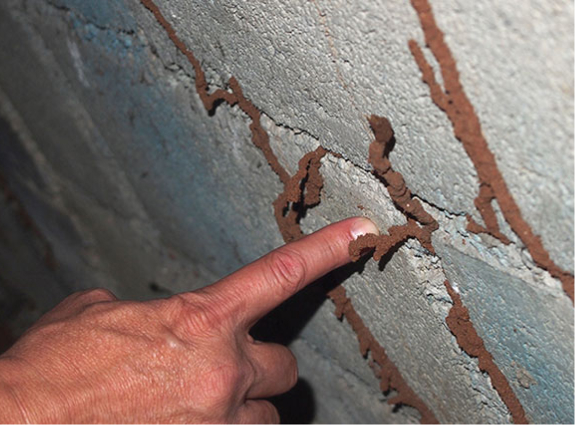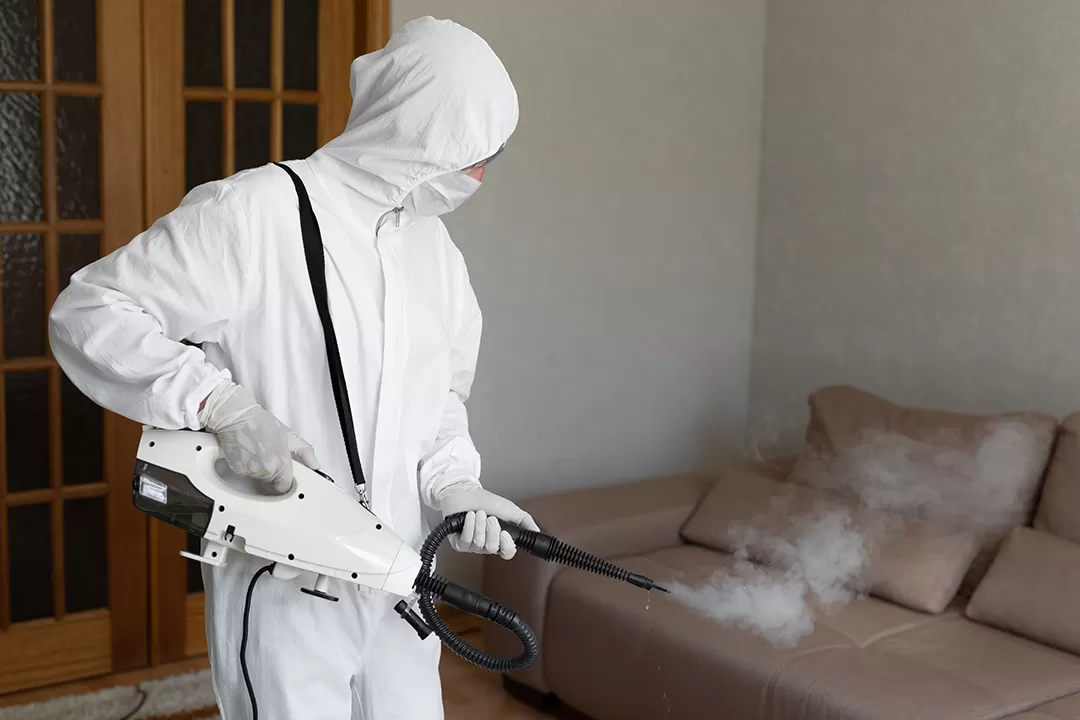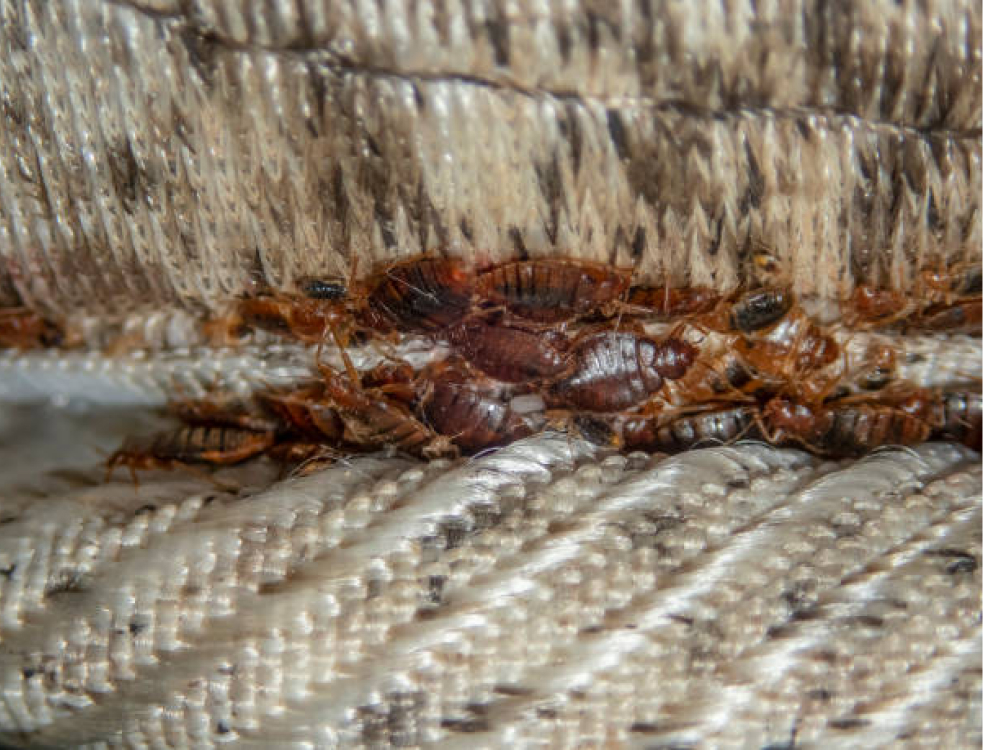Worried you might have a bed bug infestation in your home? Unfortunately, not only do bed bugs travel effortlessly from one place to another, but they can also reproduce quickly. As such, the best way to avoid an advanced, out-of-control bed bug problem is to take note of early signs of these pesky bugs.
So, how do you know whether you have bed bugs hiding in the corners and crevices of your home? Well, all you have to do is carefully observe the telltale signs of a bed bug population. In this article, we have compiled for you all these early signs you must look out for.
Signs of a Bed Bug Infestation
Live Bed Bugs
Undoubtedly, finding live bed bugs in the house is the most definitive sign of an infestation. Generally, bed bugs do not wander. Instead, they will find a comfortable hiding spot and then try to stick to it.
If you see a lot of bed bugs, perhaps they are out because they desperately need to feed. Alternatively, pregnant female bed bugs may come out of their hiding spot to avoid overeager males.
No matter why the bed bugs are out, you will only see live bed bugs if the infestation is already severe. Oftentimes, bed bugs remain undiscovered until their hiding spots are disturbed – for example, when one moves around their things to pack for a move.
Bed Bug Eggs
Bed bug eggs are relatively easier to spot, especially if you know what you are looking for. The eggs are oval, pearl white, and approximately 1 millimetre long. In terms of appearance, bed bug eggs look like tiny pinhead-sized grains of rice. Each egg has a hinged cap on one end, from where the new bed bugs hatch.
Bed bugs can lay as many as seven eggs each day, which take seven to ten days to hatch. Eggs older than five days have a dark eye spot that is not easily visible to the naked eye.
The eggs are most commonly found around harborage areas. Often, the pregnant bugs wander around the house and spread the infestation to surrounding areas, including neighbouring apartments.
When laying the eggs, the females release a glue-like substance that causes the eggs to stick to surfaces. As a result, you may find eggs loosely attached to cracks between wooden surfaces or fabrics.
Egg Shell Casings
Abandoned eggshells are another reliable indicator of a growing infestation. The shell casings are translucent, yellowish-brown exoskeletons of evolving bed bugs. As bed bugs shed their shell multiple times throughout their moulting cycle, the shells may vary in size.
Also commonly referred to as shed skins or husks, finding bed bug shell casings suggests a high chance of having a bed bug problem in your home. Finding these hollow casings of juvenile bugs is easier than living bed bugs.
You will find bed bug husks anywhere that the bugs hatch. So, check upholstered furniture, mattress seams, crevices, cracks and holes in wooden furniture.
Bloodstains on Fabric and Sheets
Did you notice rust or red-coloured blood stains around the house? If small, unexplained smears or splotches of blood appear on pillows, clothing, or bedsheets, you need to check for probable causes immediately. For, this is a telltale sign of bed bug activities.
Even though bed bugs may go unnoticed while feeding on your blood, they do not always have a clean getaway. Originally seed-like and flat, a bedbug becomes bloated and round after it feasts on you. This reduces their agility, and you might even squeeze or crush them in your sleep. While this does not kill the bed bugs, it does cause the fresh blood they just ingested to leak out – leading to a noticeable bloodstain.
Faecal Spotting
Bed bugs leave their proof of life through faecal marks. As the bugs feed on human blood, their faecal matter is black or dark brown. The digested human blood looks like a tiny ink dot from a marker or pen.
The iron in human blood gives bed bug droppings a subtle rusty smell, which contributes to the unpleasant smell that lingers with a bed bug infestation. Similar to bed bug eggs, faecal marks are common around harborage areas, but you might also notice faecal spots on walls, sheets, mattresses, curtains and clothing.
Unfortunately, the faecal marks are difficult to wash off. The dark spots smear when they come into contact with water.
Bed Bug Bites on Your Body
Bed bugs are nocturnal species that feed as you are sleeping. Waking up to unexplained insect bites is among the first signs of bed bugs that most people will notice. If you also see tiny red bumps often forming overnight, there is a reason for concern.
The most common spots for these itchy bite marks are on the hands, arms, and legs. Sometimes, the bites will appear in clusters of three to four. However, there is no surefire way to diagnose a bed bug infestation with bite marks. Many people do not have any skin reactions to bed bug bites. Plus, there is no definitive method to differentiate a bed bug bite from other insect bites.
Musty Odour of Bed Bug Infestation
Even though bed bugs, stains, and shells are usually difficult to find, the musty odour of these bugs is very obvious. The presence of a bed bug population leaves a very distinct smell. When bed bugs are alarmed or threatened, they release pheromones, an unusual odour similar to the scent of cilantro, coriander, raspberries, or almonds.
A more severe case can smell like mouldy laundry, wet towels, or rust. When the number of bed bugs is small, the odour might be too faint for you to notice.
Conclusion
Bed bugs are hard to find and harder to exterminate. So it’s best to prevent bed bugs from invading your home to avoid an infestation. But if you suspect that you already have one and need to keep the bed bug population in your home under control, you must recognise the early signs of their presence. However, this may not be easy. Bed bugs are small and unnoticeable and have expert hiding skills.
You can look out for blood stains, faecal marks, and even bite marks. If you are on the lookout, you may even notice the musty odour of bed bugs, egg shells, or even live bed bugs. Seeing some signs of bed bugs, but are not too sure? Well, you can call a professional pest control company. Not only will they identify the bed bug problem, but they can also determine the size of the infestation and help you take care of it.

